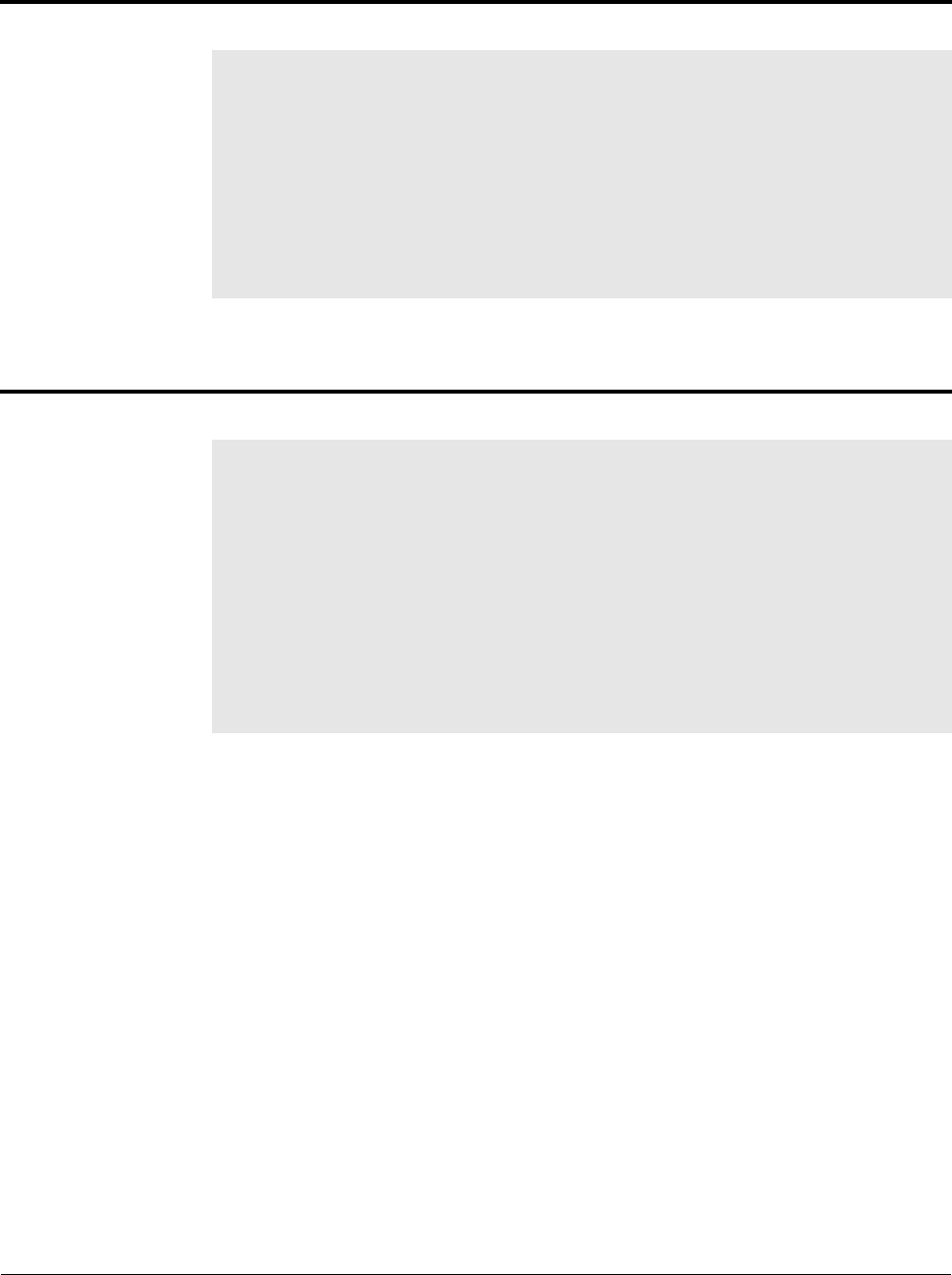Software Start-Up and Ref. Owner manual
Table Of Contents
- GV3000/SE AC General Purpose (V/Hz) and Vector Duty Drive, 1 - 20 HP, 230V AC Software Start-Up and Reference Manual D2-3387-5
- Important User Information
- Document Update
- Summary of Changes
- Table of Contents
- List of Figures
- List of Tables
- Preface
- Chapter 1 - Starting Up the Drive for Volts/Hertz Regulation
- Chapter 2 - Starting Up the Drive for Vector Regulation
- Chapter 3 - Using the Keypad/Display To Program, Monitor, and Control the Drive
- Chapter 4 - Programming Reference
- Chapter 5 - Troubleshooting the Drive Using Error Codes
- Appendix A - Alphabetical Listing of Parameters
- Appendix B - Record of User Parameter Settings
- Appendix C - Power Module-Dependent Parameter Default Values (230 V Series)
- Appendix D - Default Parameter Settings
- Appendix E - Configuring the Digital Inputs When the RMI Board Is Installed in the Drive
- Appendix F - Using the Terminal Strip Analog Input
- Appendix G - Drive Regulation Overview
- Back Cover / Publication D2-3387-5 July 2013

4-85
Programming Reference
U.026 Current Compounding Gain
This parameter
specifies the gain
applied to the speed
PI output. This is
used to generate the
current compounding
signal that is
subtracted from the
speed loop
reference.
Parameter Range: 0.0 to 1.000
Default Setting: 0.0 (Current compounding disabled)
Parameter Type: Tunable
Refer also to parameters: U.027 Inertia Compensation Gain
U.028 Losses Compensation Gain
Refer to the speed loop block diagram in Appendix G.
U.027 Inertia Compensation Gain
This parameter
specifies the gain
applied to the
selected inertia
compensation source
signal to produce the
inertia compensation
signal. The result is
added to the speed
PI output to produce
the torque reference
signal.
Parameter Range: 0.0 to 5.000
Default Setting: 0.0 (Disable inertia compensation)
Parameter Type: Tunable
Refer also to parameters: U.026 Current Compounding Gain
U.028 Losses Compensation Gain
The inertia compensation signal can be either the S/Ramp (ramp) block rate output
(dv/dt), used for standalone applications, or a value provided directly from the
network option. Signal selection is controlled by a network register. No
corresponding parameter local to the drive is provided.
Inertia compensation can be used with or without an option board installed in the
drive. If a network option is not installed, network inertia compensation is not
enabled, the network is not active or is not the control source (P.000 OP), inertia
compensation is supplied from the S/Ramp block rate output. The signal provided
from the network for inertia compensation is typically used to compensate for inertia
as well as all system losses.
Note that if the selected torque reference is not the speed loop output, then the
inertia compensation circuit does not apply. Refer to the speed loop block diagram
in Appendix G.










